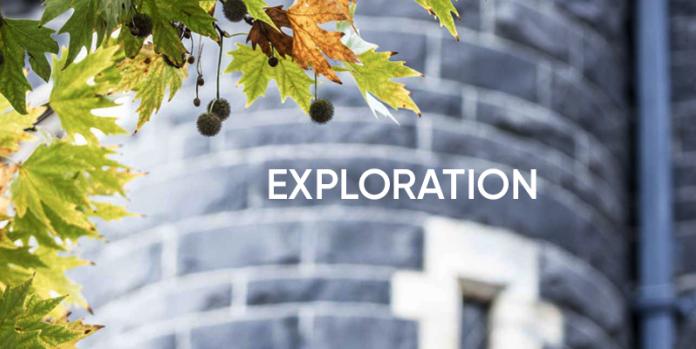Amanda Masters, Head of Science at Grimwade House, explains how the vital skill of scientific observation can be learnt in Prep classes.
“Observation, not old age, brings wisdom.” – Pubilius Syrus, 85-43BC
A lion is a cat. A cheetah is a cat. The fluffy kitty on the Whiskas ad is a cat. Nemo, however, is a fish. Why?
The skill of observation can be defined as the acquisition of information. During their study of ‘The Senses’, students in Prep at Grimwade House are introduced to the important skill of making observations scientifically.
Our lesson occurs during the week when Prep students are focusing on ‘-at’ words in their spelling programme. We begin by sharing the book Cats by Nigel Croser. This book explores different types of cats and describes various activities that cats commonly do.
“A lion is a cat that hunts through the grass.
An ocelot is a cat that lurks in the shadows.”
After reading the book, the Preps share their experiences with cats and stories about their feline pets. We establish clearly that each student in the room recognises a cat when they see one. Returning to the book, we inspect the illustrations more carefully and ask an important question: How do we know it’s a cat?
Often, students are asked to find the difference between sets of objects. An equally important skill in Science is observing similarities in sets of objects. By establishing the habit of pattern recognition in the visible forms of objects early, we can make it easier for students to find patterns when observation takes more abstract forms later in their Science education.
Students begin by identifying what each cat has in common. Eyes, ears, mouth, tails, fur, whiskers, legs - all of these are identified and compared in the illustrations of the cats in the book. Discussion about how these body parts are used by the cat, and comparison with human body parts makes links between form and function for the students.
The body parts of cats are listed on the board. Students are then asked to illustrate a cat. Any cat will do, as long as it has all the right parts. More capable students are encouraged to label their drawings. The cats illustrated vary in shape and complexity, but no matter the quality of the drawing, it is clear by the end of the lesson that the students’ perception of a cat has changed.
They have used their observation skills to understand that a ‘cat’ is not a single and simple object, but the name we give to anything with a particular set of attributes.
Amanda Masters Head of Science at Grimwade House
Related topics
